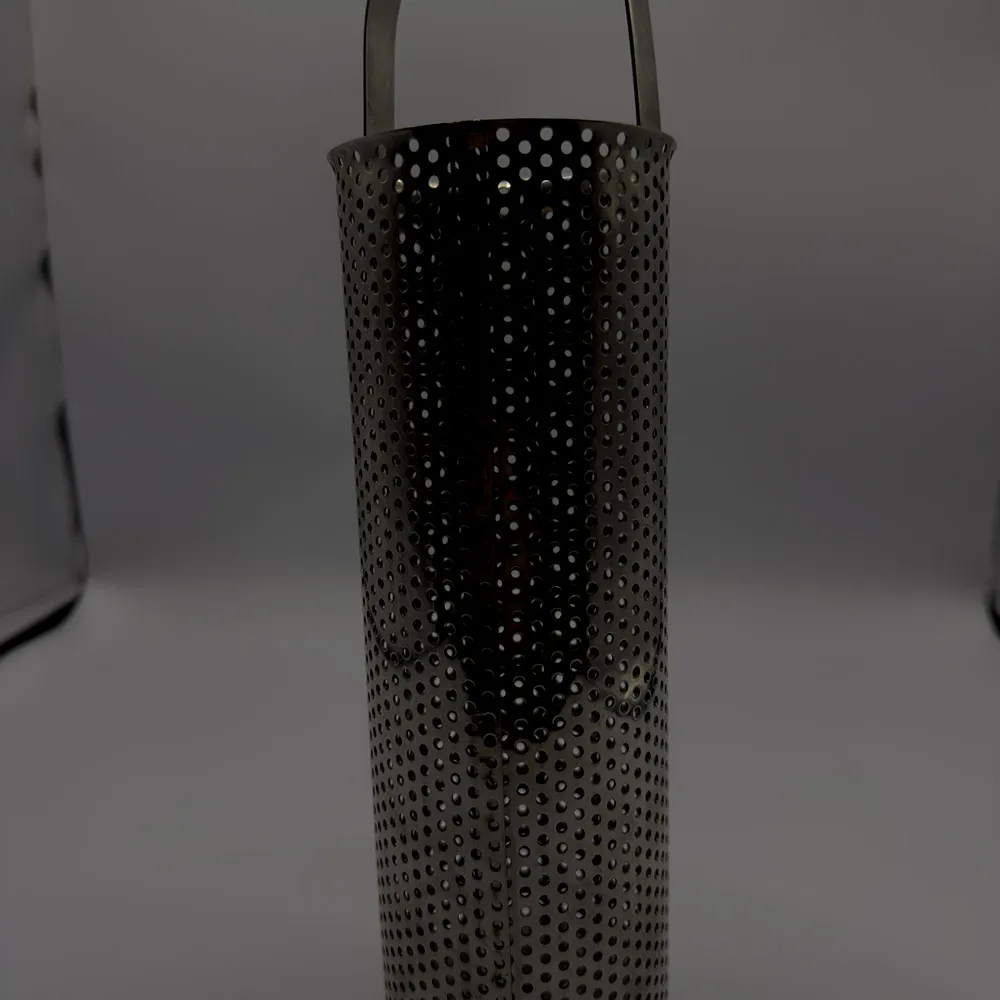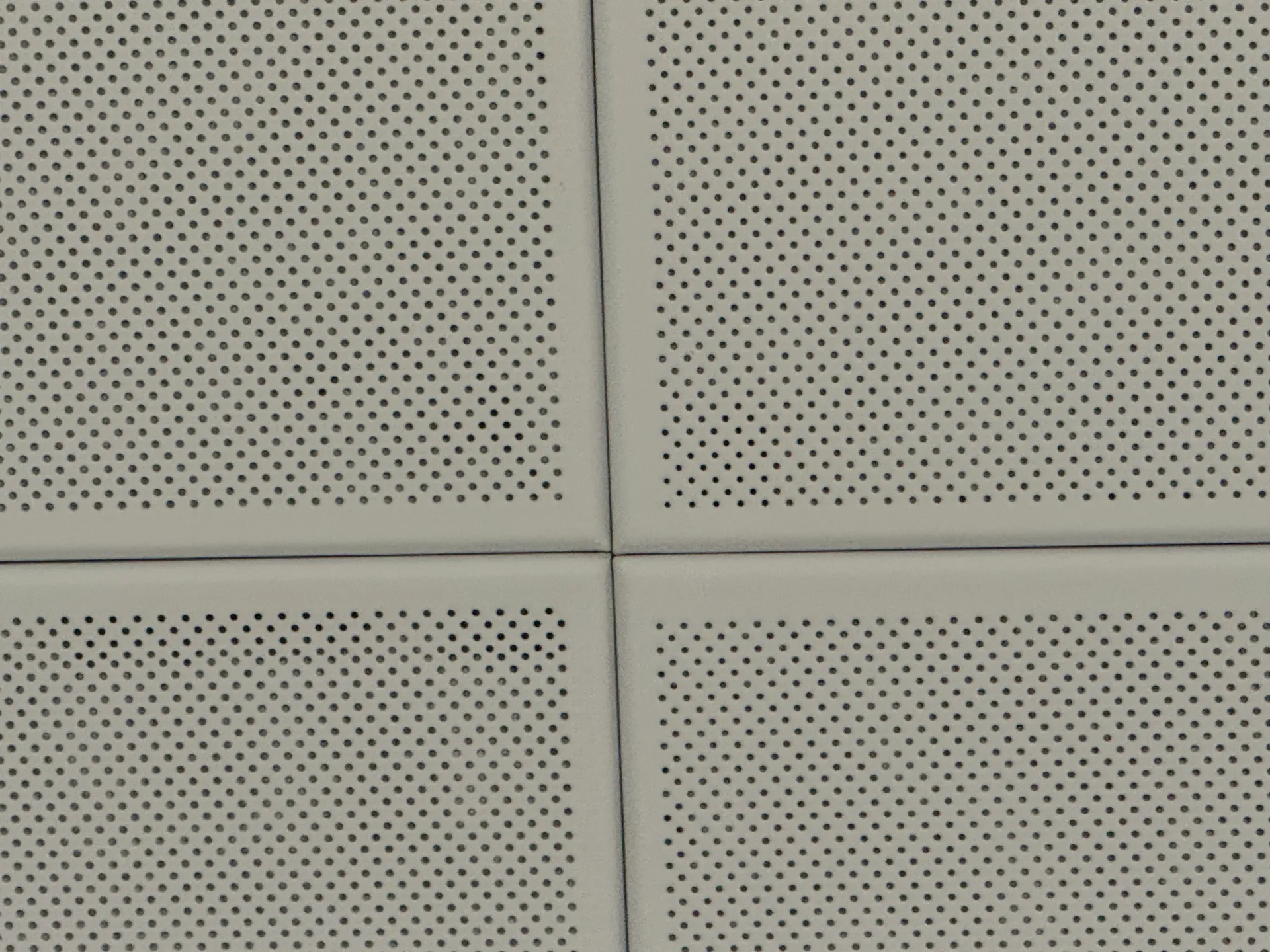
(expanded metal mesh sheet sizes)
Expanded metal mesh sheet sizes play a crucial role in numerous industrial applications, from architectural facades to heavy machinery guards. These versatile materials start as solid metal sheets - typically aluminum, steel, or stainless steel - that undergo a simultaneous slitting and stretching process. This manufacturing method creates diamond-shaped openings while maintaining structural integrity. Industry data reveals that expanded metal offers up to 35% material savings compared to perforated alternatives, contributing to both cost efficiency and weight reduction.
Standard expanded metal mesh sheet sizes
range from 0.5mm to 6mm in thickness with panel dimensions commonly measuring 1220mm x 2440mm or 1500mm x 3000mm. The opening configurations vary significantly, with strand widths spanning 0.8mm to 12mm and LWM (Long Way of Measurement) distances from 3mm to 150mm. These specifications directly impact crucial performance characteristics like load capacity (up to 850 kg/m²) and airflow rates which can exceed 75% open area. Understanding these parameters ensures optimal material selection for specific environmental conditions and structural requirements.
Expanded metal mesh delivers superior structural performance compared to traditional wire mesh or perforated metals. The unique manufacturing process creates interlocked strands that redistribute stress throughout the entire panel, increasing impact resistance by up to 40%. Thermal expansion rates are minimized due to the material's inherent flexibility, preventing warping in temperature fluctuations from -40°C to 120°C. The diamond expanded metal mesh sizes also contribute to exceptional anti-slip properties, achieving DIN 51130 R10-R13 ratings without additional surface treatments.
Corrosion resistance varies significantly by material grade: standard carbon steel offers 500-1000 salt spray hours, while 316L stainless steel provides over 1500 hours without compromising structural integrity. Conductivity characteristics make these materials ideal for grounding applications, with electrical resistance as low as 0.0005 Ω·m for copper alloys. Compared to solid sheet alternatives, expanded metal provides 58% weight reduction without compromising rigidity, translating to substantial transportation cost savings and easier installation handling.
| Manufacturer | Thickness Range (mm) | Maximum Sheet Size (mm) | Material Options | Production Lead Time | Custom Pattern Cost Factor |
|---|---|---|---|---|---|
| Industrial Mesh Solutions | 0.8-12.7 | 2000x6000 | 15+ alloys | 3-5 days | 1.2x standard |
| Metallum Products | 0.5-8.0 | 1500x3000 | Carbon/stainless | 7-10 days | 1.8x standard |
| Global Expanded Metals | 1.2-15.0 | 2500x6000 | 22+ alloys | 2-4 weeks | 1.5x standard |
Advanced manufacturers offer comprehensive customization exceeding standard expanded metal sheet sizes. CNC punching machines can create compound patterns beyond traditional diamonds, including hexagonal and square configurations while maintaining structural consistency. Specialized tooling accommodates thicknesses up to 12mm and custom strand dimensions with ±0.1mm tolerance. Surface treatments such as powder coating (35-80μm thickness) or hot-dip galvanizing (minimum zinc coating 85g/m²) extend product lifespans in corrosive environments by 2-3x compared to untreated materials.
Precision cutting services deliver ready-to-install components with waterjet tolerances within 0.13mm. Forming capabilities include radius bending up to 90° without material fracture and three-dimensional shapes with up to 15mm depth. Customization extends beyond physical dimensions - select manufacturers can produce anti-microbial copper meshes (C11000) with 99.9% bacterial reduction or ESD-safe versions with surface resistance below 10⁶ Ω. Prototype development typically requires 5-7 working days, allowing for rapid design validation before full production.
Automotive Manufacturing Case: A major European automotive plant implemented custom stainless steel expanded metal guards (AISI 304, 3mm thickness) for robotic workcells. The solution increased impact resistance by 70% while reducing machine downtime for cleaning by 45 hours monthly. The optimized diamond expanded metal mesh sizes provided 82% visibility versus previous solid barriers, improving safety supervision. Maintenance costs decreased by €28,000 annually due to eliminating frequent perforated panel replacements.
Architectural Installation: A 35-story commercial building utilized aluminum expanded mesh (alloy 5052, 2mm thickness) for solar shading. The custom diamond pattern (SWD 8x18mm) reduced heat gain by 63% while maintaining 77% outward visibility. The lightweight solution (3.6kg/m²) minimized structural reinforcement costs by approximately $150,000 compared to glass alternatives. Post-installation monitoring showed a 29% reduction in HVAC energy consumption, achieving ROI within 14 months.
Proper handling begins with storage - expanded metal sheets should be stacked horizontally with protective interleaving and maximum stacking height of 600mm to prevent permanent deformation. Cutting operations require plasma or laser methods for thicknesses above 3mm to prevent strand distortion; waterjet cutting maintains dimensional stability for precision components (±0.25mm tolerance). Structural applications demand perimeter support at maximum 450mm intervals for standard industrial mesh sheets, while architectural installations require expansion joint spacing every 3 meters.
Joining techniques vary by application: resistance welding achieves maximum strength for structural connections (80-95% of base material strength), while mechanical fasteners require minimum 20mm edge distances. Corrosion prevention mandates isolation from dissimilar metals using polymer washers or taping. Maintenance protocols consist of biannual inspection for chloride buildup in coastal environments and annual pressure washing at ≤1500 PSI to preserve surface treatments. Following these procedures extends functional lifespan beyond 25 years in standard industrial environments.
Material selection requires balancing multiple parameters: load calculations, environmental exposure, and regulatory compliance. For structural applications, prioritize the SWD (Short Way of Diamond) measurement - shorter dimensions provide higher load capacities but reduce transparency. Food processing facilities typically require mesh openings below 3mm to meet HACCP standards, while OSHA-compliant safety guards necessitate openings smaller than 10mm for operator protection. Thermal expansion coefficients significantly impact architectural applications; aluminum expands 23μm/m·°C versus 17μm/m·°C for stainless steel.
Cost optimization strategies include specifying industry-standard diamond expanded metal mesh sizes rather than fully custom patterns when feasible. Standard expanded metal sheet sizes typically offer 15-30% material savings versus customized dimensions. For corrosive environments, consider cost-efficient carbon steel with galvanization rather than premium stainless grades where specifications permit. Document verification is essential: demand mill certification reports validating material composition and third-party load testing documentation before approving shipments. This prevents costly project delays and ensures long-term performance consistency.

(expanded metal mesh sheet sizes)